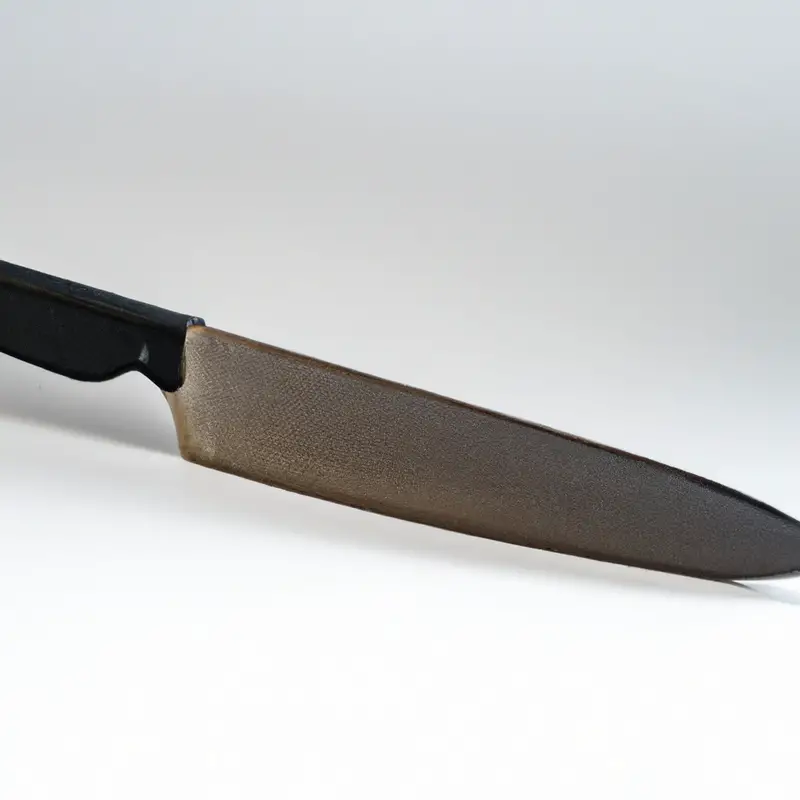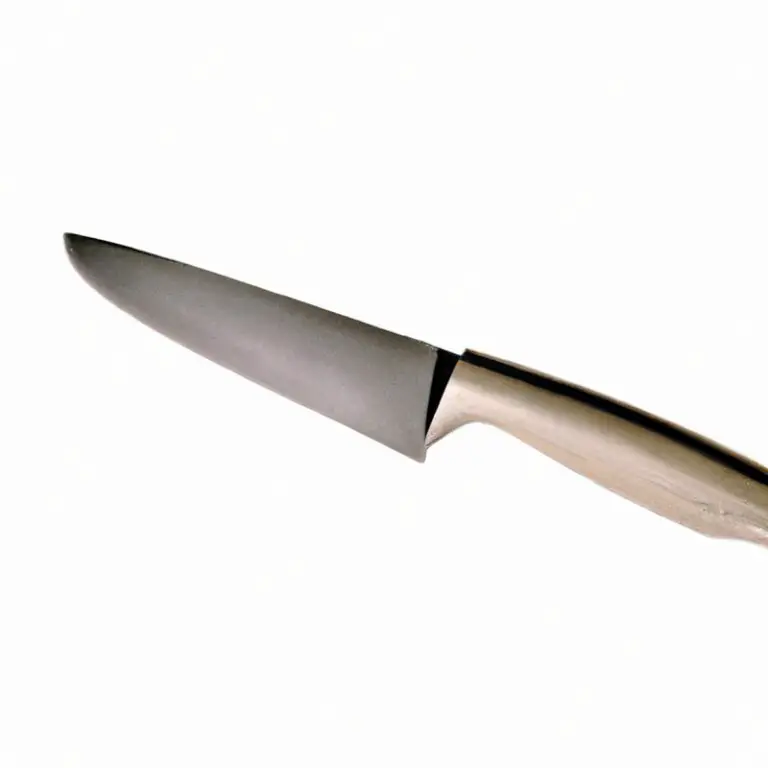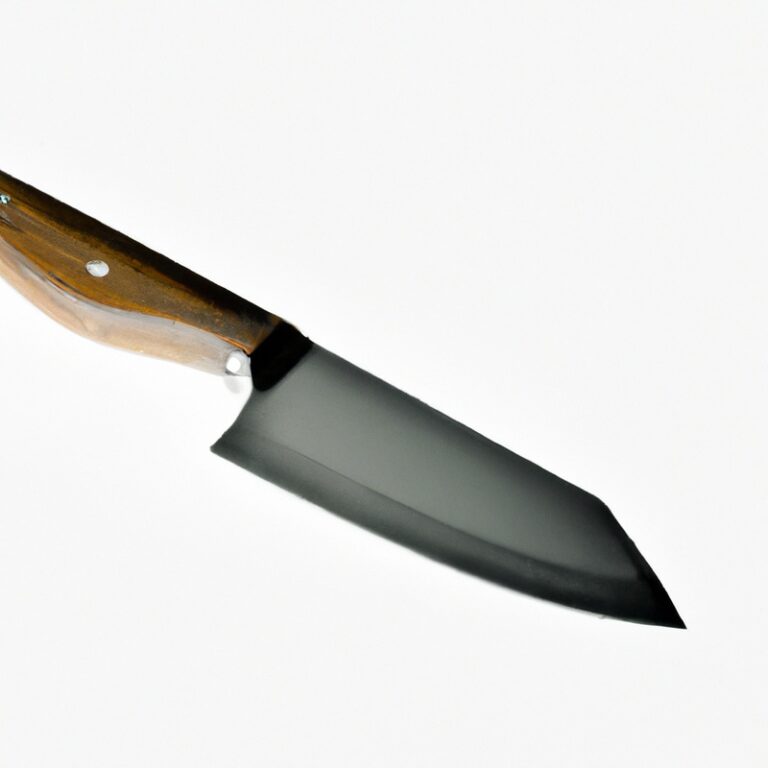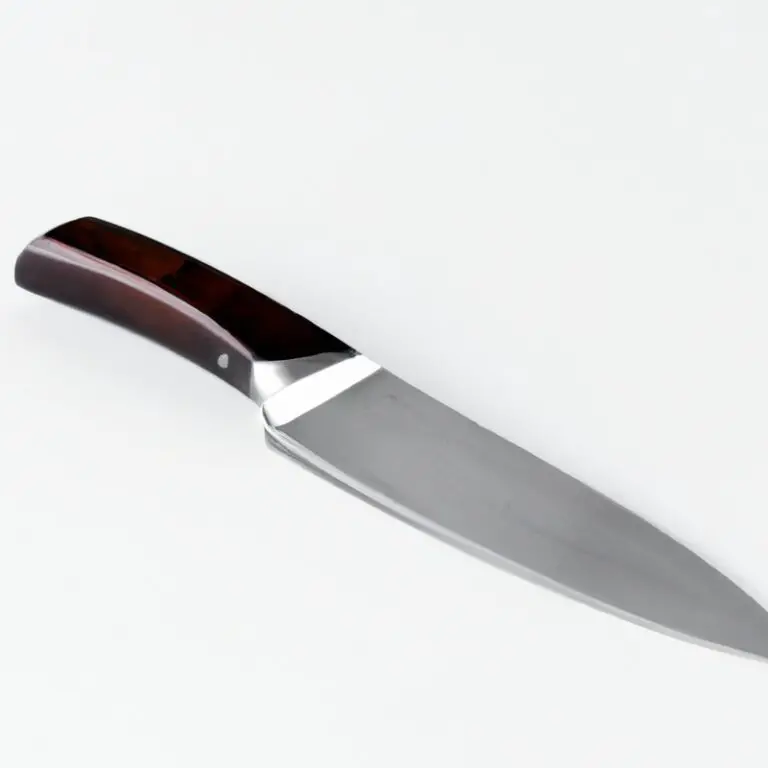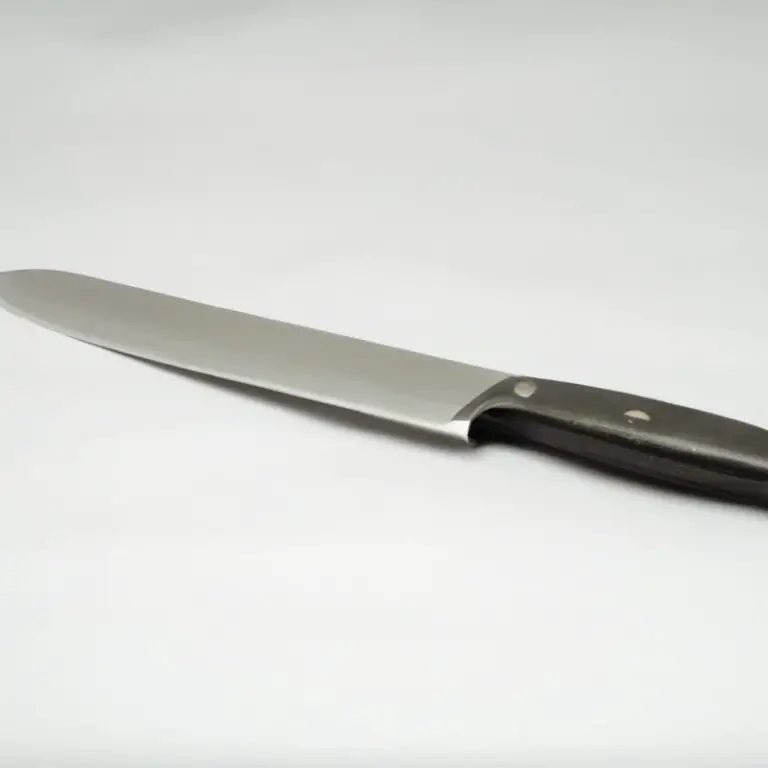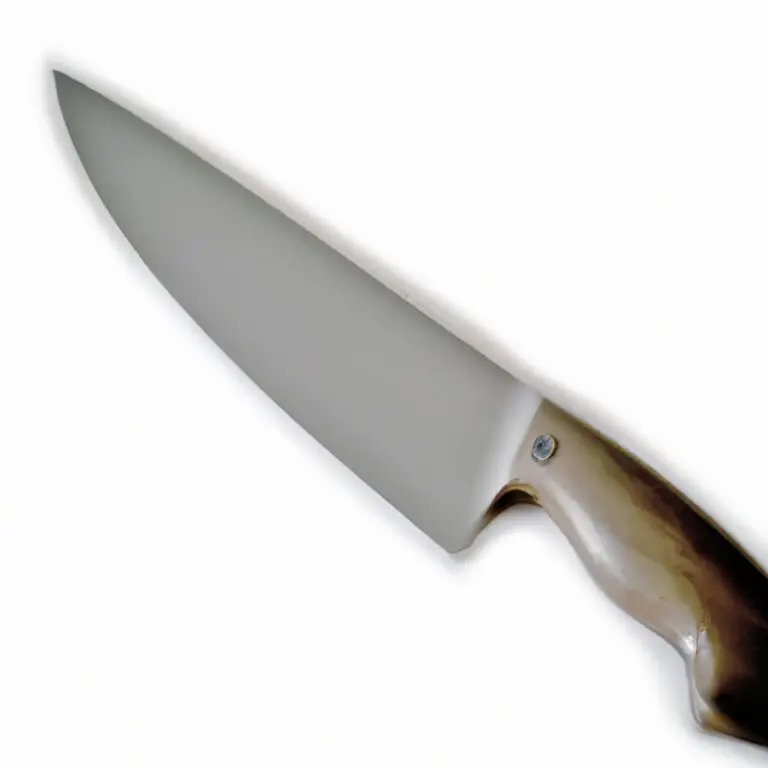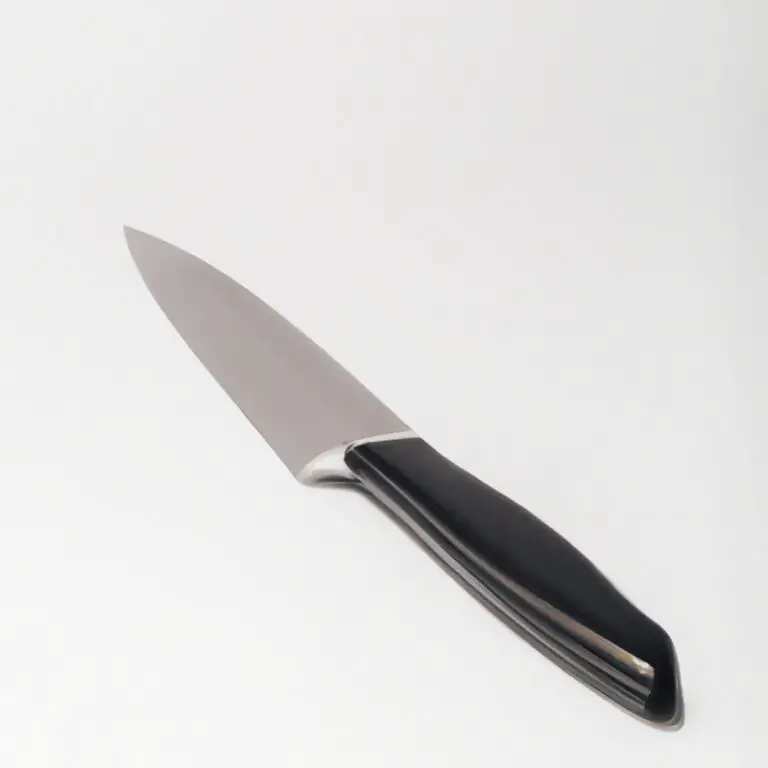How To Fillet a Sea Bass Using a Fillet Knife Like a Pro?
Key Takeaways:
- A sharp fillet knife is crucial for properly filleting a sea bass.
- Understanding the anatomy of a sea bass can make filleting easier and more precise.
- A delicate touch is needed to separate the flesh from the bones without damaging the meat.
- Practice and patience are key in perfecting your sea bass filleting skills.
Are you a sea bass enthusiast who loves to prepare their meals from scratch? If so, then filleting a sea bass is an essential skill to add to your culinary arsenal.
While filleting a fish can seem daunting at first, it can be a relatively easy process with the right technique and tools.
In this article, I will guide you through the step-by-step process of filleting a sea bass using a fillet knife. From choosing the right knife to preparing your workspace, scaling, and separating the fillet from the bone, I’ve got you covered.
So, let’s dive in and get ready to impress your taste buds and your guests with perfectly filleted sea bass!
| Fillet a Sea Bass Steps | Description |
|---|---|
| Step 1 | *Place the fish on a stable surface and make sure it is secured. *With a sharp fillet knife, cut behind the gill plate of the fish and go all the way down to the spine. Do this above the pectoral fin of the fish. |
| Step 2 | *Once you reach the spinal column, angle the blade of the knife so that it follows the bones of the fish. *Use your free hand to gently pry the fillet away from the bones while sliding the knife between the flesh and the bones. *Cut through to the other side of the fish until you have removed the entire fillet. |
| Step 3 | *Flip the fish over and repeat the process for the other side. *Start by cutting behind the gill plate and down to the spine. *Follow the bone structure with your knife, gently prying the fillet away from the bones with your free hand. *Cut through the entire fillet until it is removed from the fish. |
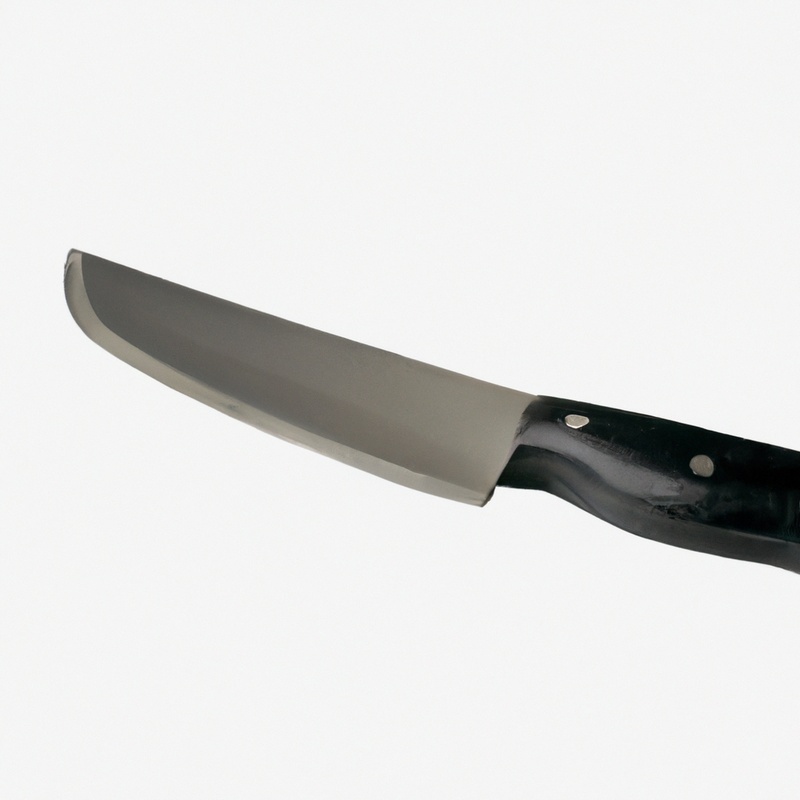
Choosing the right fillet knife for sea bass
When it comes to choosing the right fillet knife for sea bass, there are a few key factors to consider. Firstly, make sure the blade is sharp, as this will make the filleting process easier and smoother.
A blade length of around 6-8 inches is ideal for sea bass, as it is the optimal size to maneuver around the fish’s bones and curves.
It is essential to choose a flexible blade that can easily glide through the contours of the fish, ensuring minimal wastage of the meat. Further, the handle should be comfortable to grip and provide a strong grip, preventing any accidental slips in the process.
Stainless steel blades are most preferred, as they do not rust and are durable.
There are many brands and models of fillet knives on the market, each with its pros and cons. It is recommended to choose a reputable brand that offers a warranty so that you can buy with confidence.
Choosing the right fillet knife for sea bass is crucial to ensure a smooth and efficient filleting process.
Invest in a quality fillet knife that is sharp, flexible, and comfortable to hold, and you will enjoy filleting your sea bass like a pro.
Preparing the workspace for filleting
Before beginning to fillet a sea bass, it is essential to have a clean and organized workspace to ensure a successful and safe filleting process. Start by selecting a sturdy, non-slip surface where you can comfortably work with the fish without the risk of it slipping or moving.
Use a cutting board that is at least as large as the fish you plan to fillet, preferably one made of plastic or wood to avoid damaging the blade of the fillet knife.
Ensure that your workspace is well-lit, making it easier to see the details of the fish, including its bones and scales, which would help you cut accurately and evenly. To reduce the mess created during filleting, keep a garbage can and a bowl of water nearby to discard the fish debris and wash your hands in between the filleting process as fish can be slimy and slippery.
In summary, a well-organized and clean workspace with ample light, a stable work surface, a cutting board, a bowl of water, and a garbage can are critical elements of preparing the workspace before filleting a sea bass.
Scaling the fish before filleting
Before filleting a sea bass, it’s essential to scale the fish properly. Scaling removes the fish’s skin and scales, making it easier to handle and fillet.
Not scaling the fish can result in scales flying around and making a mess, making it harder to get a clean fillet.
To scale a sea bass, use the back of your knife to scrape the scales off from head to tail. Be sure to do this in a sink or over a surface that is easy to clean, as the scales will fly around and create a mess.
Once scales are removed, rinse the fish thoroughly and pat it dry with a paper towel before moving on to the next step of filleting the sea bass.
Removing the head and tail of the sea bass
To remove the head of the sea bass, place the fish on a cutting board, hold its head firmly with one hand and cut through the neck using a sharp fillet knife. Next, remove the tail by cutting around it with the fillet knife and pulling it away from the body.
Removing the head and tail will make the next step of filleting easier and will result in a cleaner, more aesthetically pleasing fillet.
Dispose of the head and tail as desired, and continue with the filleting process.
Making an incision from the head to the tail
To make an incision from the head to the tail, place the sea bass on a clean and flat surface with its head facing away from you. Hold the head firmly with one hand and the fillet knife with the other.
Position the fillet knife behind the pectoral fin and slowly cut down towards the spine, angling the knife towards the head.
Use a smooth and consistent motion to cut through the rib bones while keeping the blade flat against the bones to avoid damaging the flesh. Continue cutting along the spine towards the tail, using a sawing motion if necessary to cut through tough bones.
Be careful not to cut through the ribs or the belly of the fish.
Once the fillet has been separated from the spine, repeat the same process on the other side of the fish. Making an incision from the head to the tail is a crucial step in filleting a sea bass as it helps to separate the flesh from the bone in one clean piece.
With practice, this technique will become easier, and you’ll be able to fillet a sea bass quickly and efficiently.
Separating the fillet from the bone
To separate the fillet from the bone, start by making a small incision at the base of the head and cut the flesh down to the backbone. Then, angle the knife and slowly work it along the rib bones, separating the fillet from the bones as you go.
Use the tip of the knife to guide the blade between the bones and flesh, being careful not to cut through the bones.
Once you reach the tail, remove the fillet from the fish by cutting it away from the body. Repeat the same process for the other side of the sea bass.
Finally, trim any remaining small bones and skin before storing or cooking the fillets.
Remember, practice makes perfect, so take your time, and don’t be afraid to make mistakes.
Trimming the remaining small bones and skin
To trim the remaining small bones and skin, use a pair of fillet pliers or tweezers. Hold the fillet firmly with your non-dominant hand while gently pulling the bones out with your pliers.
Work slowly and carefully to avoid breaking the fillet or leaving any bones behind.
Next, use your fillet knife to remove any remaining skin from the fillet. Place the knife blade between the flesh and skin, then gently wiggle the knife back and forth while pulling the skin away with your other hand.
Repeat these steps for the other side of the sea bass, then rinse the fillets under cold water and pat dry with a towel.
Your sea bass fillets are now ready to cook or store.
Repeat the same process for the other side of the sea bass
After removing the first fillet, you need to repeat the same process for the other side of the sea bass. Turn the fish around and position it in the same way as before.
Repeat the process of making an incision from the head to the tail along the spine and cutting the fillet from the bone.
Trim the remaining small bones and skin from the second fillet. Once you have separated both fillets, discard or store the remaining carcass as desired.
Cleaning and storing the filleted fish
Cleaning and storing the filleted fish is crucial to maintain its freshness and flavor. After filleting the sea bass, rinse the fillets thoroughly with cold water to remove any remaining scales, bones, and blood.
Pat dry with a paper towel.
To store the fillets, wrap each one individually in plastic wrap or aluminum foil. Place them in a resealable airtight container, and store in the refrigerator for up to two days.
For longer storage, freeze the fillets.
To freeze, wrap each fillet tightly with plastic wrap, then aluminum foil or freezer paper. Label each package with the date and contents.
Place them in an airtight freezer container or a freezer bag.
Store in the freezer for up to three months. When thawing frozen fillets, place them in the refrigerator or submerge them in cold water.
Never leave them at room temperature or use hot water to thaw them.
Properly cleaning and storing filleted sea bass ensures that it remains fresh, flavorful, and safe to eat.
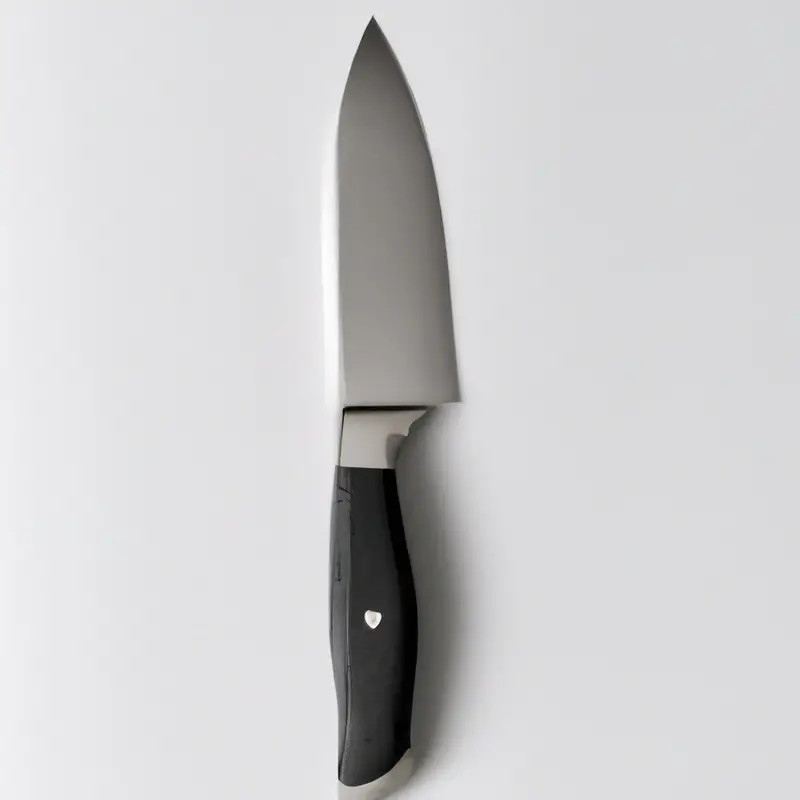
Cooking tips for sea bass fillets
Cooking Tips for Sea Bass Fillets:
- Season properly: Seasoning the sea bass with salt, pepper, and extra virgin olive oil before cooking enhances the fish’s taste.
- Do not overcook: Overcooking can make the sea bass dry and tough. Cook the fillets until they are opaque and firm to the touch.
- Use the proper cooking method: Sea bass fillets can be cooked in many ways, such as grilling, baking, pan-frying, or broiling. Choose the cooking method that suits your taste and preference.
- Consider the thickness of fillets: The thickness of sea bass fillets plays a crucial role in determining when to remove them from the heat source. Thin fillets need less time than thicker fillets.
- Utilize lemon juice and herbs: Adding lemon juice and fresh herbs, such as thyme, rosemary, or parsley, to the sea bass fillets before cooking can boost its flavor.
- Presentation matters: Serve the sea bass fillets well arranged and garnished with fresh herbs, lemon wedges, or any other accompaniments you prefer.
By following these cooking tips, you can prepare a delicious and flavorful meal with your freshly filleted sea bass.
Final Verdict
Filleting a sea bass can seem daunting, but with the right tools and techniques, it can be a breeze. By selecting a high-quality fillet knife and preparing your workspace properly, you can ensure smooth and efficient filleting.
Remember to scale, remove the head and tail, and make precise cuts to separate the fillet from the bone.
With practice, trimming the remaining bones and skin will become second nature. Clean and store the filleted fish properly to prevent spoilage.
Finally, cooking sea bass fillets requires minimal effort and produces delicious results.
By following these steps, you can confidently and skillfully fillet a sea bass like an expert. Happy cooking!

